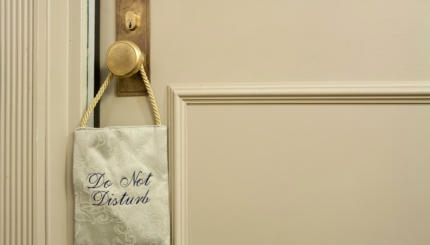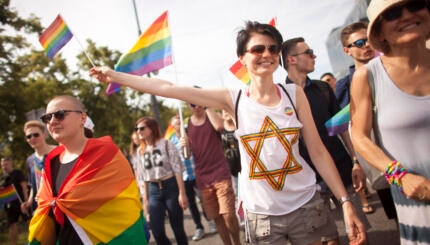A mamzer (plural: mamzerim) is a child born of a forbidden sexual union. Although commonly translated as “bastard,” the term is defined in rabbinic literature as a child born of incest or adultery. Traditional Jewish law prohibits a mamzer from marrying into the Jewish community, a restriction that poses a significant ethical quandary, since the mamzer is effectively punished for a crime they didn’t commit. Both the Reform and Conservative movements have dispensed with the problem, but it remains an issue in the Orthodox world.
The source of the mamzer prohibition is biblical. Deuteronomy 23:3 states the following: “No one misbegotten shall be admitted into the congregation of the Lord; none of his descendants, even in the tenth generation, shall be admitted into the congregation of the Lord.”
The biblical reference is vague and leaves the particulars undefined. The rabbis brought more precision to the matter. According to the Mishnah, a mamzer is the offspring of any prohibited sexual union that is punished by death or karet, a biblical penalty known as “excision,” or being cut off from the Jewish people. A mamzer is thus anyone born to an incestuous union or to a woman legally married to a man other than the father. The second part of the biblical prohibition is understood by the rabbis to bar only marriage between a mamzer and a Jew, though marriages are permitted between a mamzer and a convert or another mamzer. Some authorities have historically prescribed more extensive shunning of the mamzer than what rabbinical law required.
The ethical challenges posed by these laws are considerable — most significantly that it punishes children for the sins of their parents. Moreover, in the modern era, the consequences of enforcing the ban on mamzerim have grown considerably as the ranks of individuals who might technically qualify as a mamzer under traditional understandings of Jewish law have swelled. Anyone who divorced and remarried without following the traditional requirements of Jewish law would technically give birth to a mamzer. The offspring of such a person would also be considered mamzerim. The large-scale immigration to Israel of groups of Jews whose practice of Judaism had been severely curtailed for generations further exacerbated the challenge.

Help us keep Jewish knowledge accessible to millions of people around the world.
Your donation to My Jewish Learning fuels endless journeys of Jewish discovery. With your help, My Jewish Learning can continue to provide nonstop opportunities for learning, connection and growth.
In 2000, the Conservative movement’s Jewish law authorities addressed the problem by declining to accept evidence that would establish someone as a mamzer, thus effectively rendering the laws of mamzer inoperable while declining to formally abrogate them. Reform Judaism has abandoned the concept entirely.
In Orthodox Judaism, mamzer remains an operative category, and is closely related to the problem of the agunah — a so-called chained wife whose husband refuses to grant her a religious writ of divorce. Were such a woman to have a child with another man while still religiously married to her former husband, the child would be considered a mamzer. Some Orthodox rabbis will go to great lengths to avoid establishing someone as a mamzer — say by finding grounds to religiously invalidate the earlier marriage so that the subsequent child-producing union is no longer considered adulterous. But no universally accepted solution has yet been offered. The issue tends to be particularly problematic in Israel, where the Orthodox rabbinate controls marriage and will not authorize a union between a Jew and someone deemed a mamzer.



